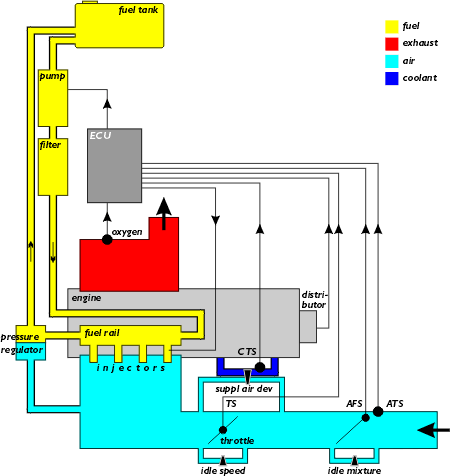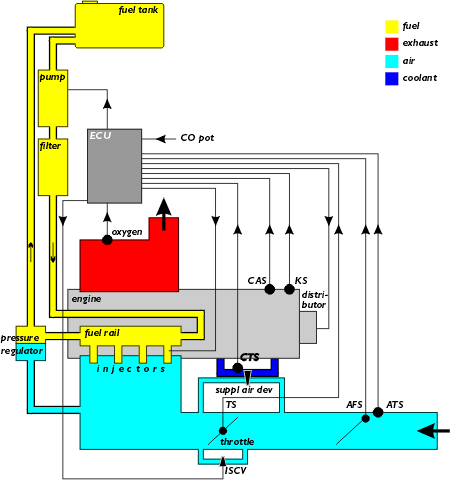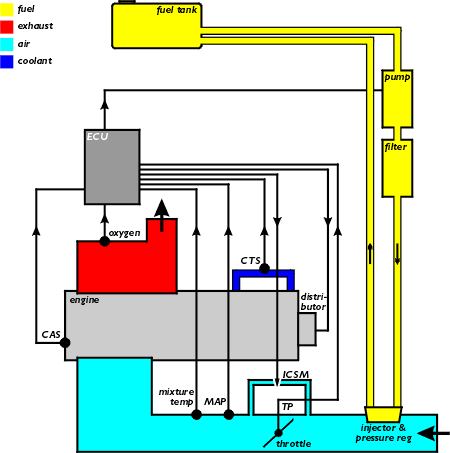A túlmelegedés okának megkeresése
Ellenőrizze a hűtőfolyadék szintjét hideg motornál. Ha alacsony és valahol szivárog a folyadék, már meg is van a probléma oka. Ha nem, akkor kezdje az első és a negyedik biztosíték ellenőrzésével a II. sorozatú modelleken, az ötödikkel az I. sorozatú BX-eken. Ha a biztosítékot hibátlannak találta, tegye az ujját a biztosítékok mögötti bal szélső relére, és adja rá a gyújtást (de ne indítsa el a motort): a relének kattannia kell. Ha nem kapcsol, cserélje ki.



